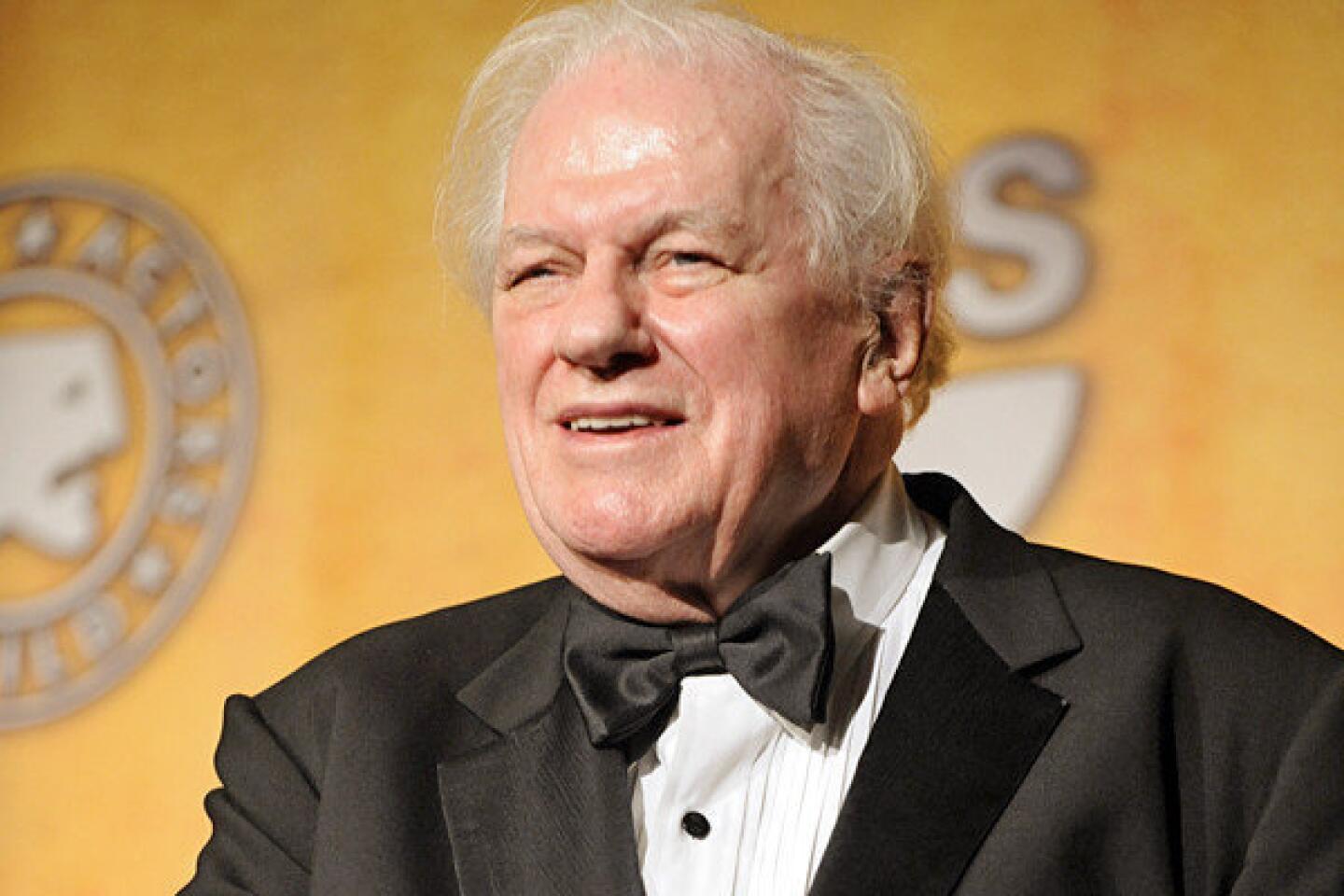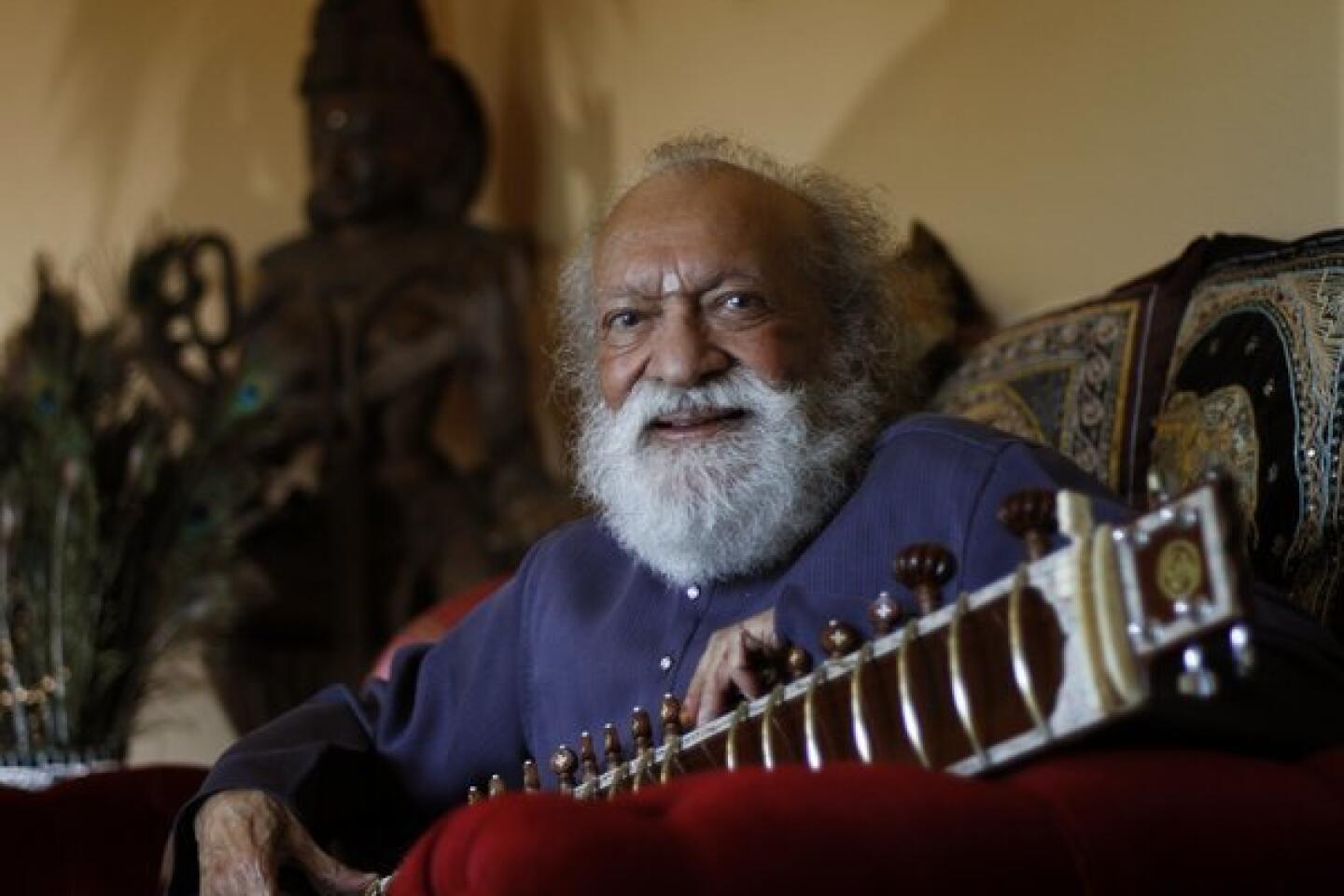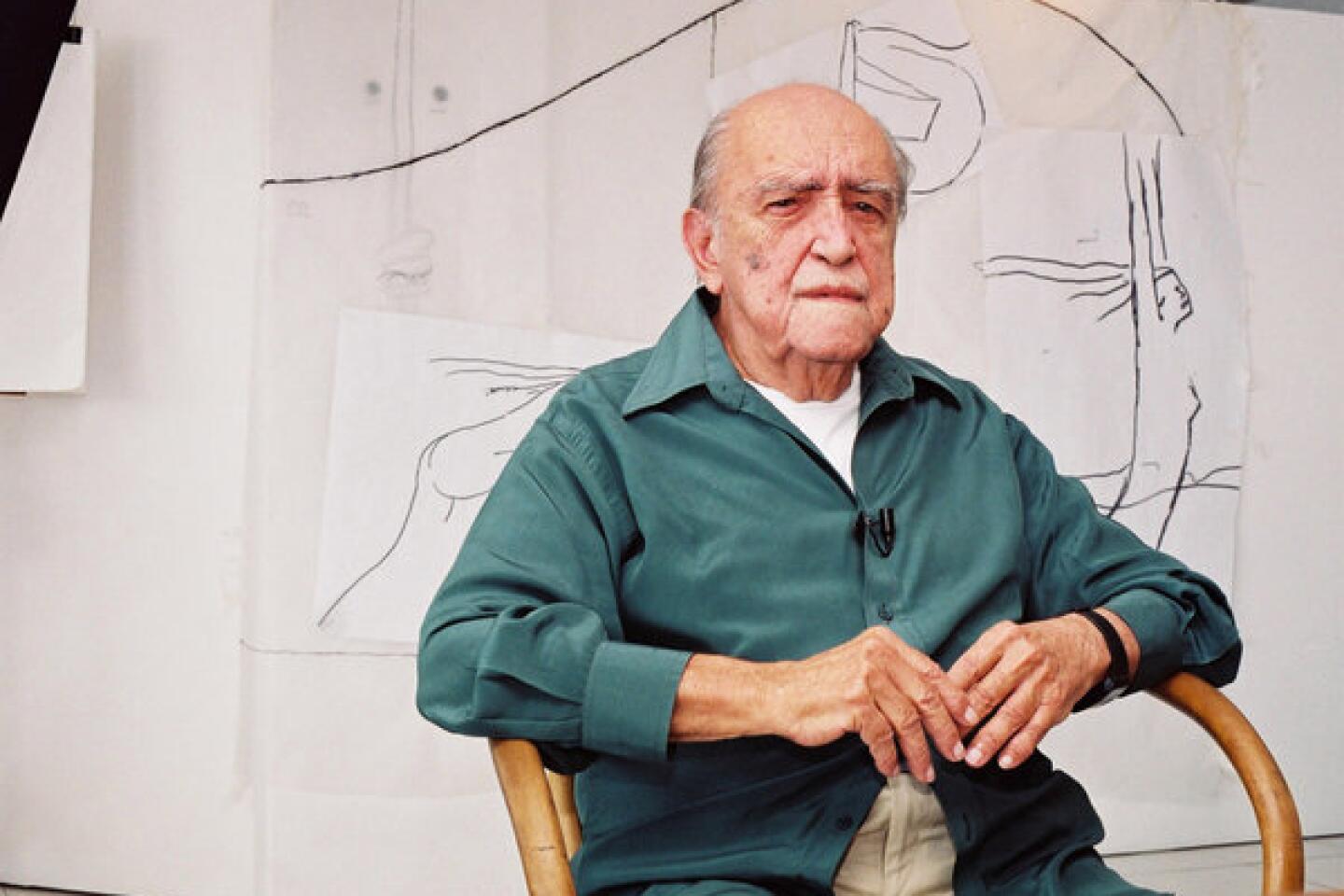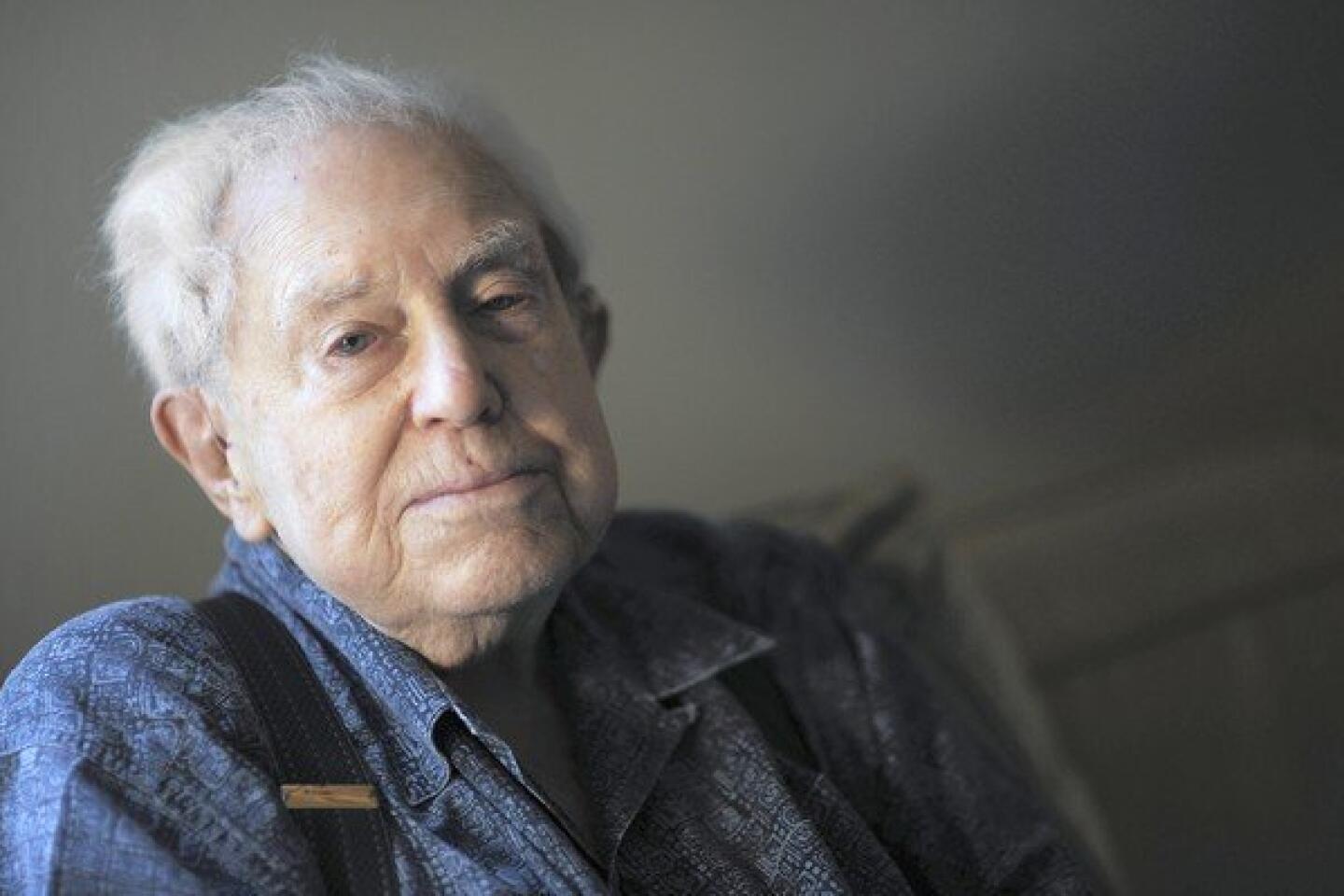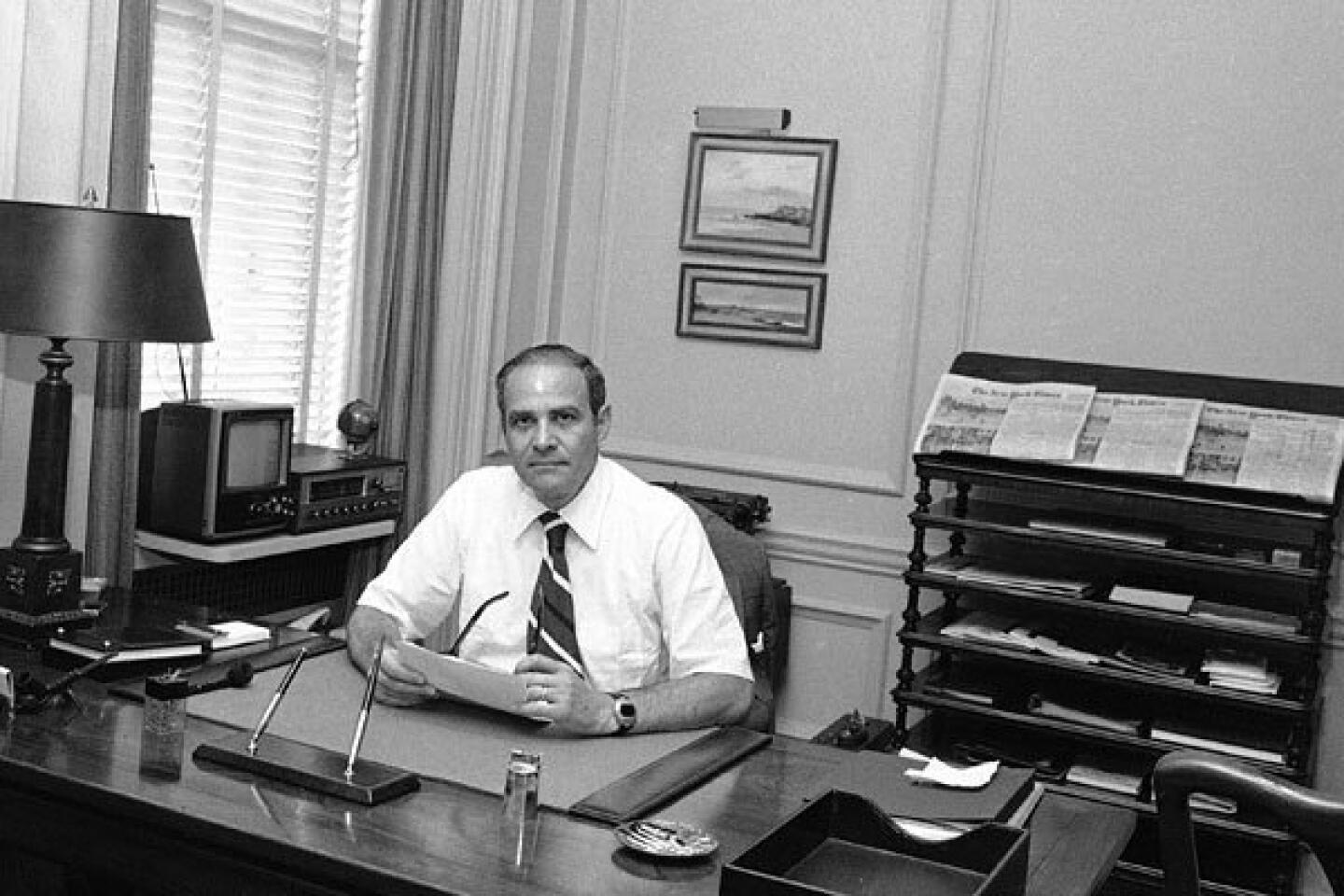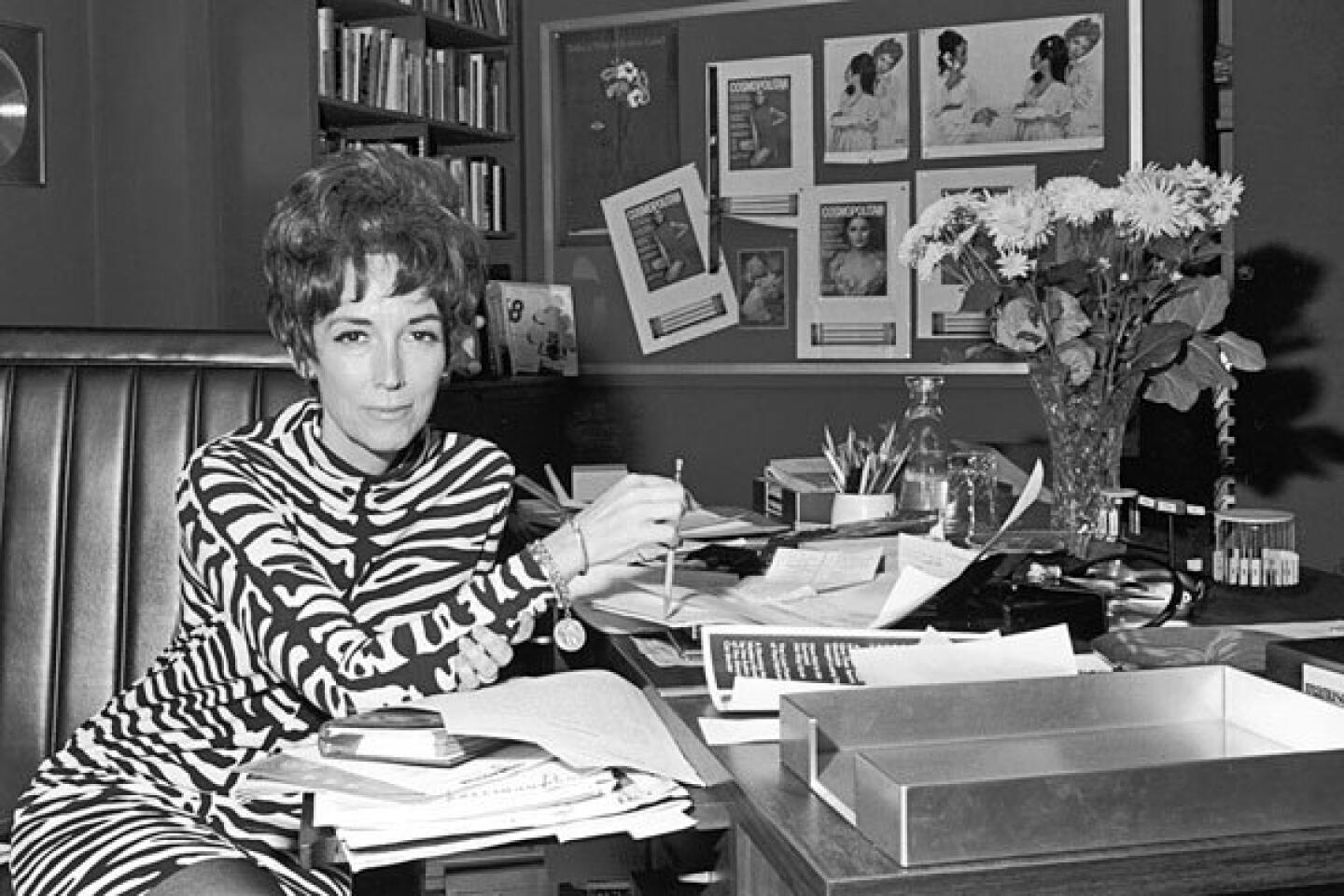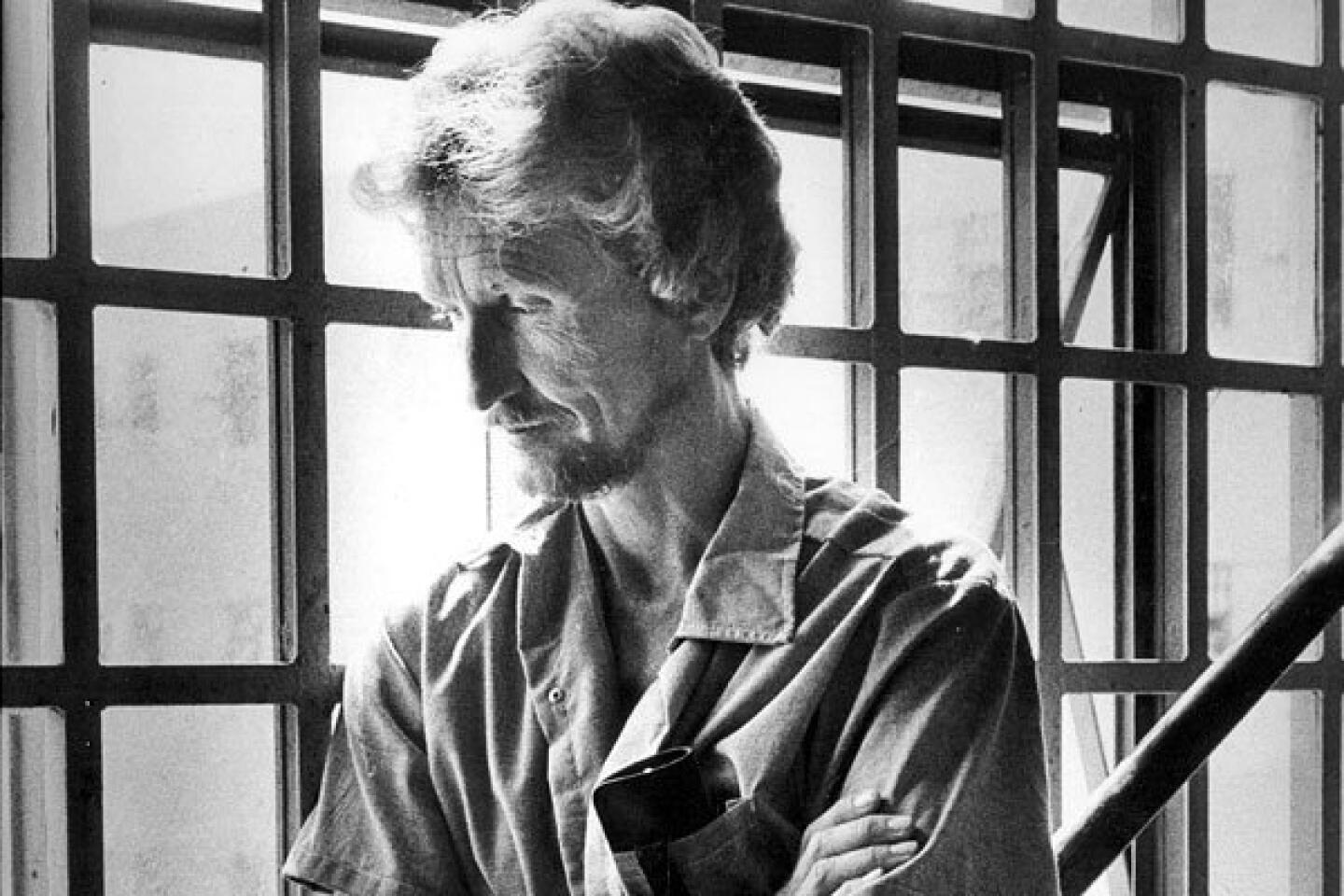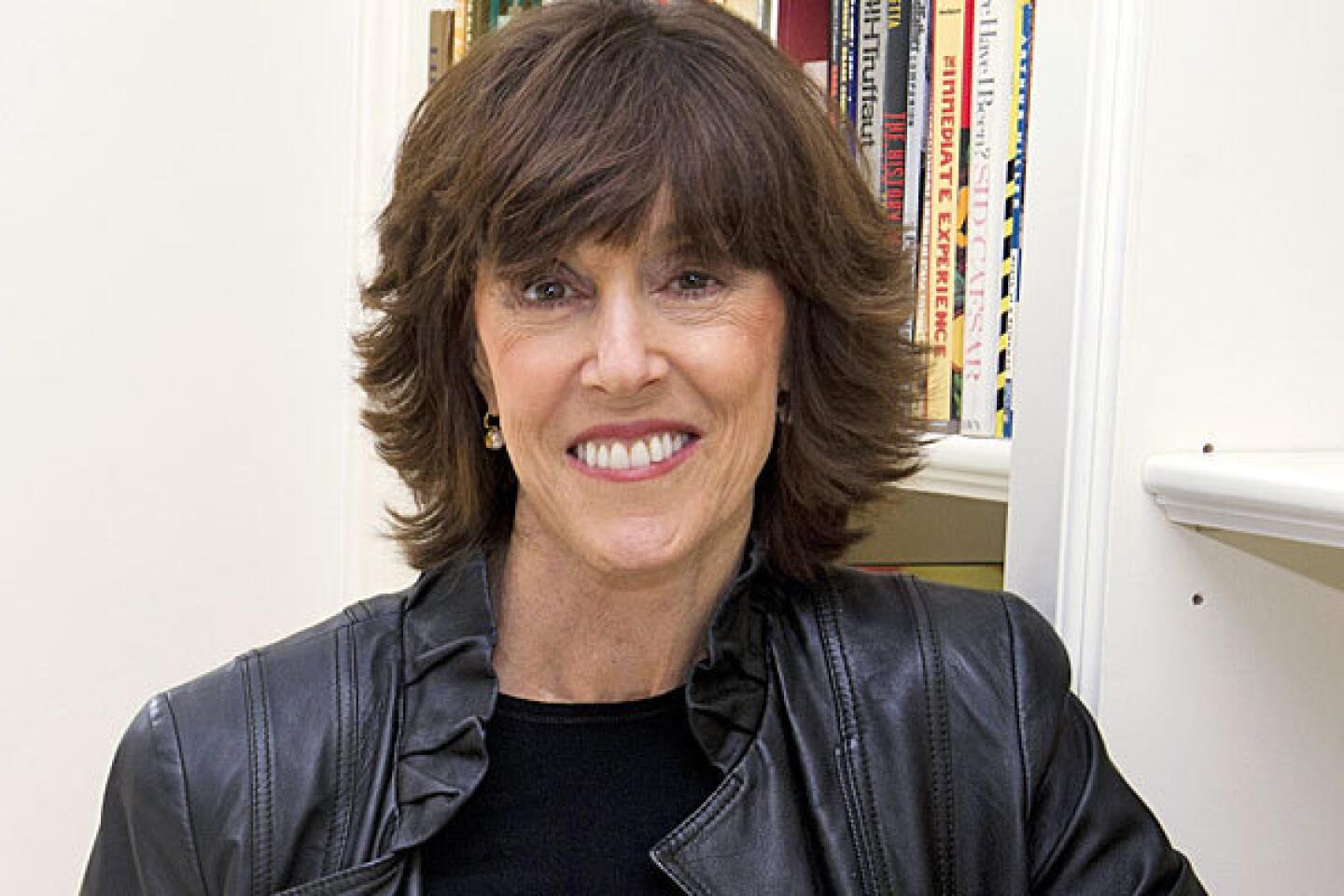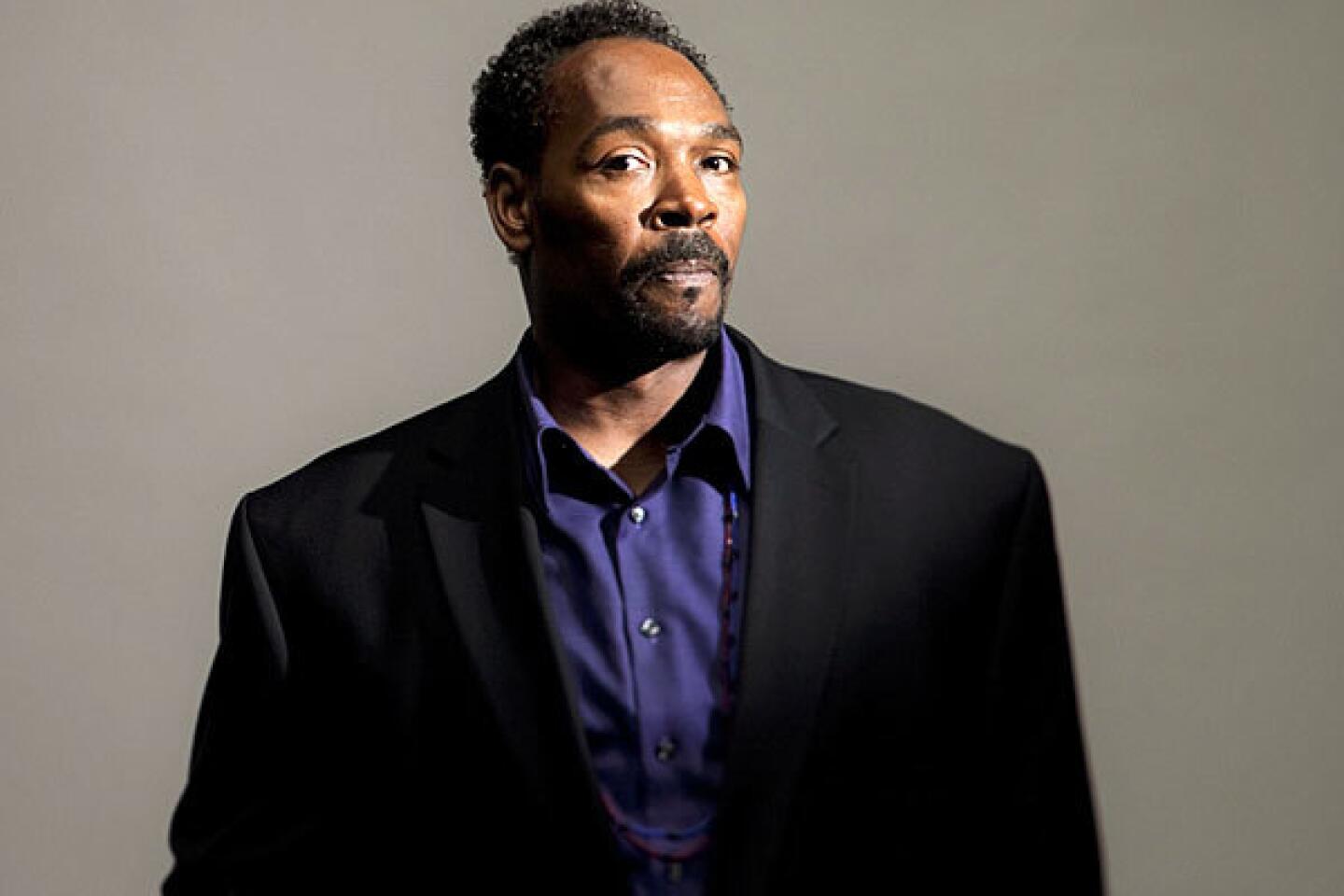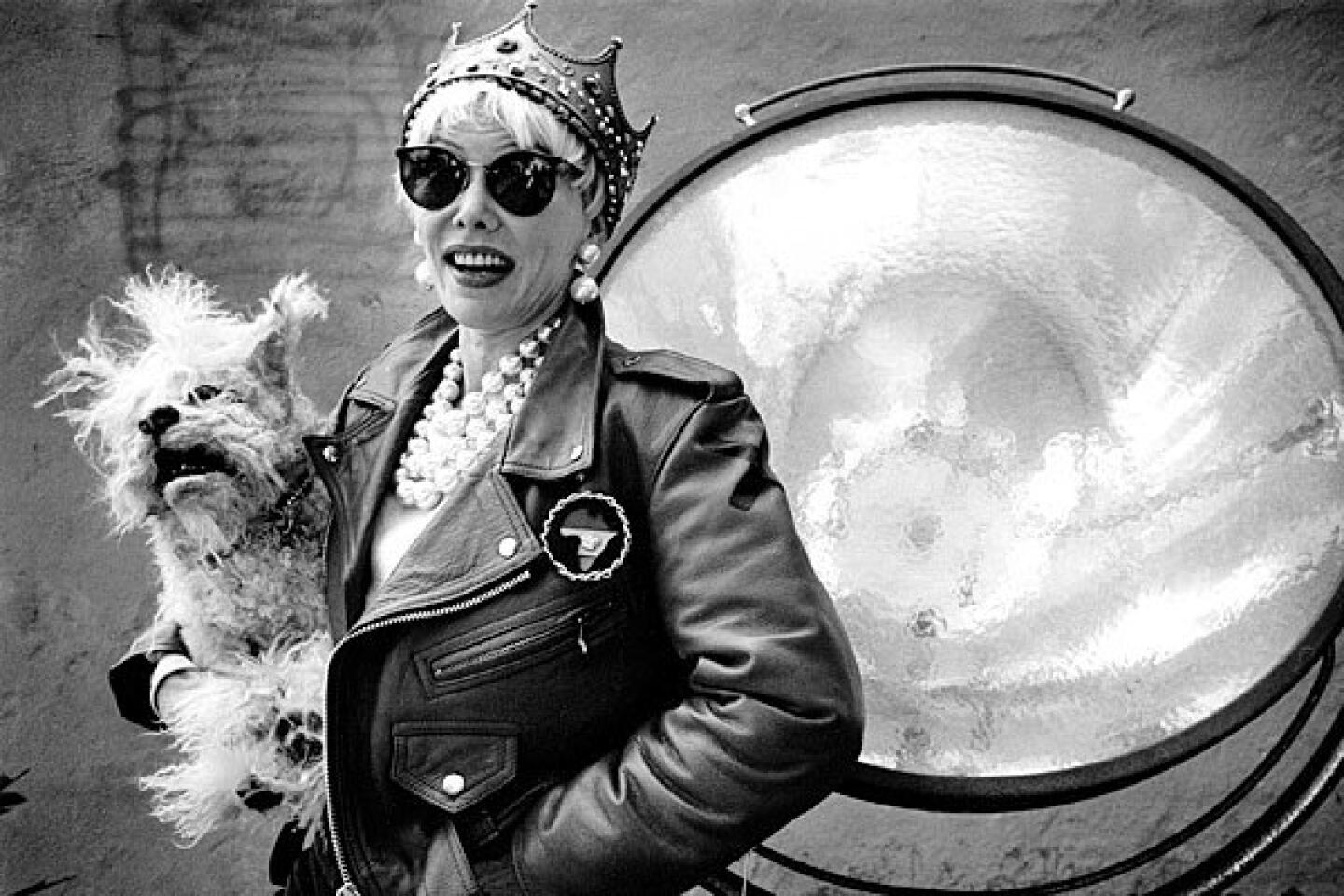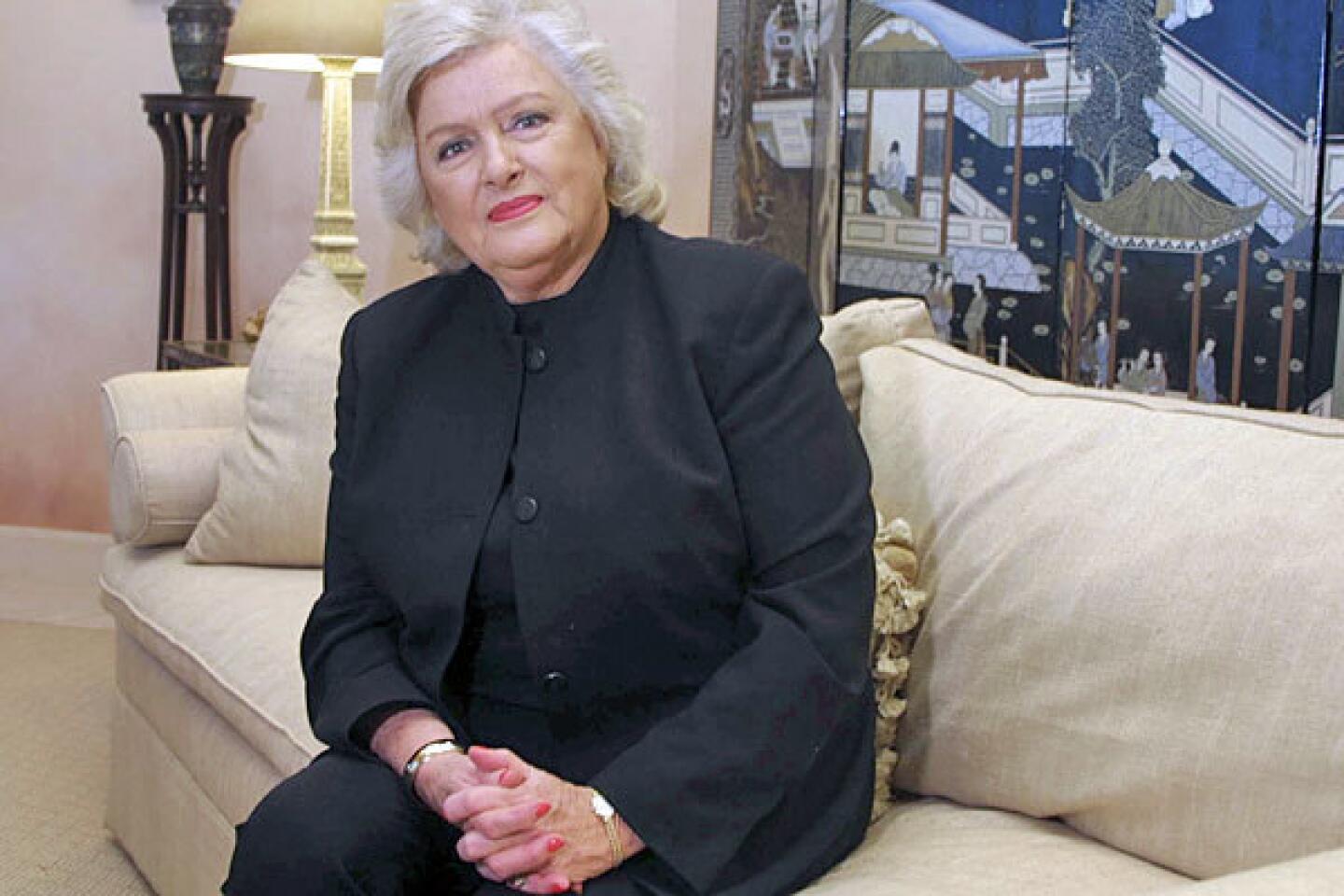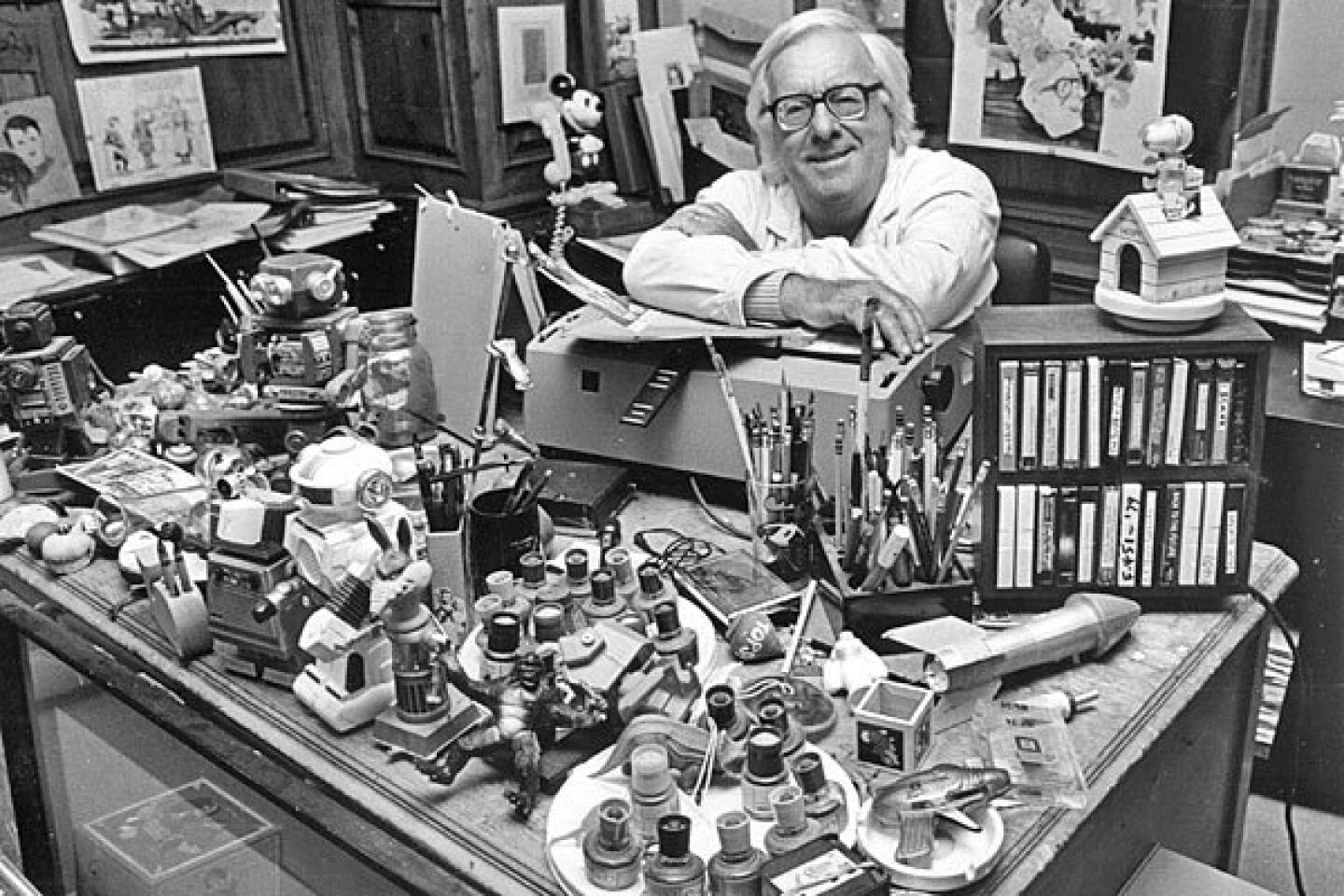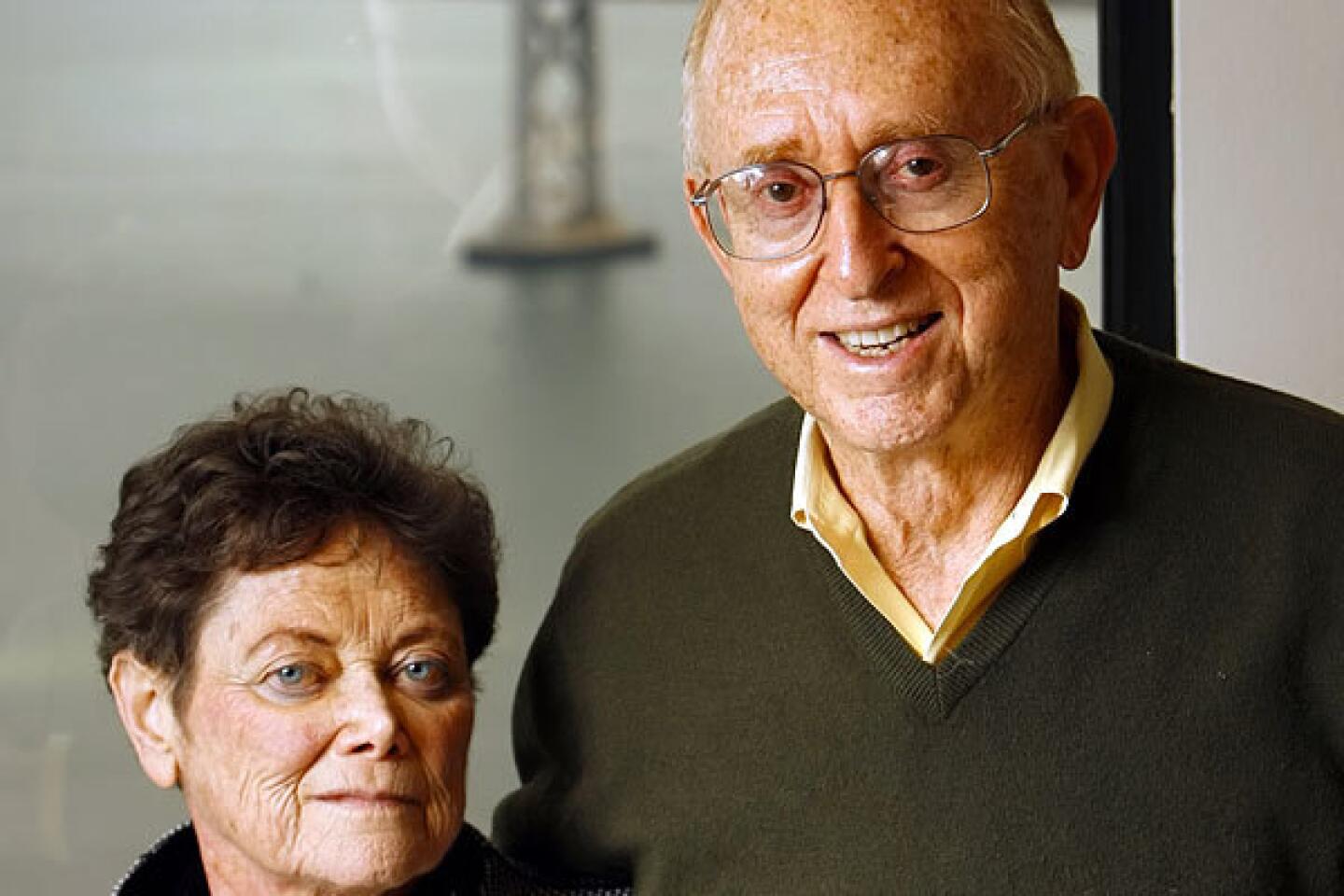Norma Merrick Sklarek dies; pioneering African American architect
Norma Merrick Sklarek, the first African American woman in the country to become a licensed architect, who helped produce Terminal 1 at Los Angeles International Airport and the American Embassy in Tokyo, died Monday at her home in Pacific Palisades. She was 85.
The cause was heart failure, said her son, David Merrick Fairweather.
Sklarek broke barriers from the beginning of her career when she passed the New York state exam in 1954 to become the first African American woman to earn an architect’s license. She was the first black woman to earn a license in California, in 1962, and the first to be elected a fellow of the American Institute of Architects, the highest designation bestowed by the professional group, in 1966.
FOR THE RECORD:
Norma Merrick Sklarek: In the Feb. 10 LATExtra section, the obituary of Norma Merrick Sklarek said that she was the first African American woman to be licensed as an architect. She was one of the first. The story also said she became a fellow of the American Institute of Architects in 1966; it was in 1980. —
She spent two decades at Gruen Associates, the Los Angeles firm known for designing large shopping malls, and rose to head the architecture department. Known for her skill at managing complex undertakings, she later was a project director at Welton Becket Associates in Santa Monica and the Jerde Partnership in Venice.
“She was excellent at putting the whole package together,” said Marshall Purnell, a past president of the American Institute of Architects.
She did not design most of the huge projects she supervised, “not because she wasn’t capable,” Purnell noted, but because when she started out in the 1950s “it was unheard of to have an African American female who was registered as an architect. You didn’t trot that person out in front of your clients and say ‘This is the person designing your project.’ She was not allowed to express herself as a designer. But she was capable of doing anything. She was the complete architect.”
The only child of a doctor and a seamstress, Norma Merrick was born in Harlem on April 15, 1926. Artistic but also an exceptional math student, she attended Hunter High School, a selective public girls school, and Barnard College before entering Columbia University’s architecture school in 1945. She was one of only two women to earn a bachelor’s degree in architecture from Columbia in 1950.
After graduating, she applied for jobs but was turned down 19 times. “They weren’t hiring women or African Americans, and I didn’t know which it was [working against me,]” she told the Palisadian-Post in 2004.
She finally found a position with the city’s engineering department. On her first try, she passed the four-day state licensing exam and, in 1955, was hired at Skidmore, Owings, Merrill, a leading architectural and engineering firm.
In 1960 she moved to California and joined Gruen Associates. She quickly noticed that she was treated differently from her white male co-workers, one of whom gave her a ride to work but was always late.
“It took only one week before the boss came and spoke to me about being late. Yet he had not noticed that the young man had been late for two years,” she told California Architect magazine in 1985. “My solution was to buy a car since I, the highly visible employee, had to be punctual.”
Sklarek rarely talked about such experiences. “She was mentally the strongest person I knew in the profession because of what she went through,” Purnell said. “Yet she was also one of the most pleasant people.”
As Gruen’s director, Sklarek was responsible for hiring and overseeing the staff as well coordinating the technical aspects of major projects, including the California Mart, Pacific Design Center, Fox Hills Mall, San Bernardino City Hall, Leo Baeck Temple and the U.S. Embassy in Tokyo.
“You didn’t joke around with Norma. She was the one who got the job done, on time and with excellence, and who then went home at 5:30 to pursue her other interests,” said Roland Wiley, who was hired by Sklarek and now runs his own architectural firm downtown.
In 1980, Sklarek moved to Welton Becket as project director for a $50-million domestic passenger terminal at LAX. Terminal 1 was completed in January 1984, well ahead of the millions of tourists expected for that summer’s Olympics.
In 1985 she became a founding partner of Siegel-Sklarek-Diamond, one of the largest all-women architectural firms in the country. She joined the Jerde Partnership in 1989 and retired in 1991.
She married Rolf Sklarek, a Gruen architect, in 1967; he died in 1984. A son from a previous marriage, Gregory Merrick Ransom, died in 2006. In addition to Fairweather, she is survived by her husband, Dr. Cornelius Welch, whom she married in 1985, and three grandchildren.
Every spring, Sklarek hosted a garden party when her collection of 200 epiphyllum orchids bloomed. Her husband is “planning Norma’s last epiphyllum party” to celebrate her life.
More to Read
Start your day right
Sign up for Essential California for the L.A. Times biggest news, features and recommendations in your inbox six days a week.
You may occasionally receive promotional content from the Los Angeles Times.


